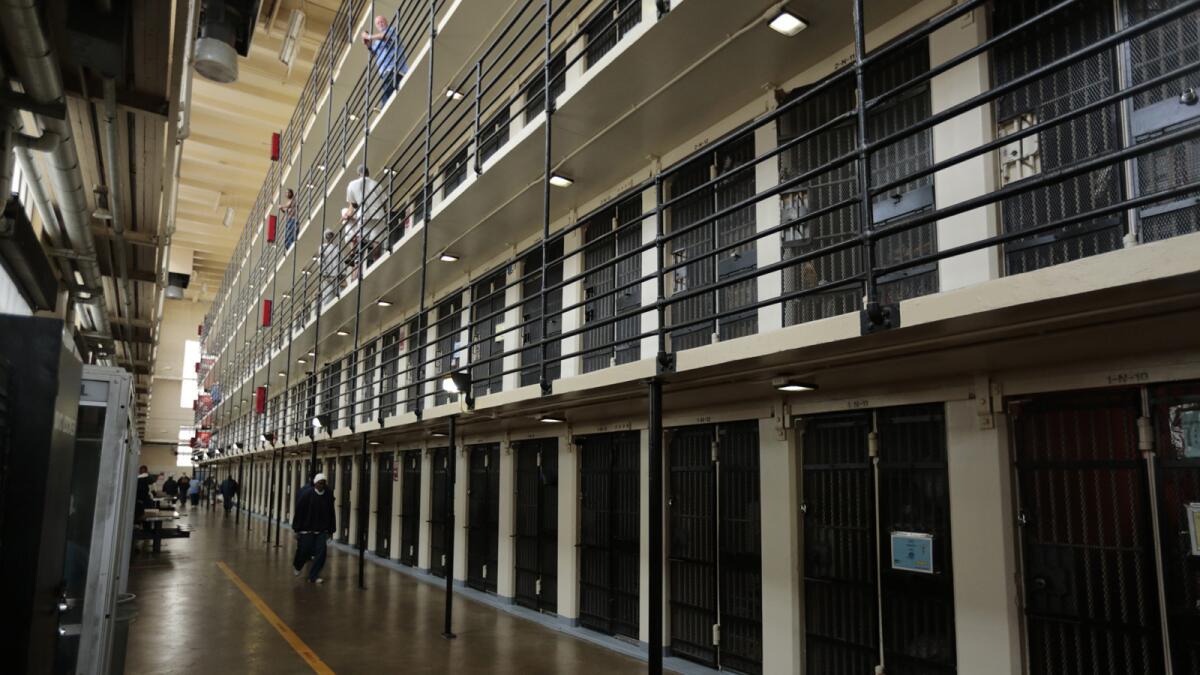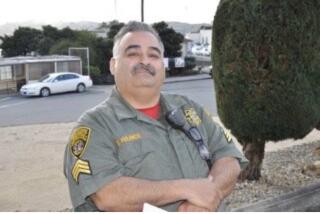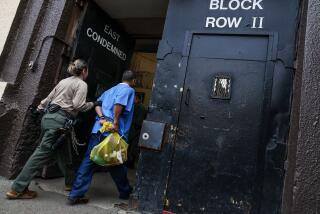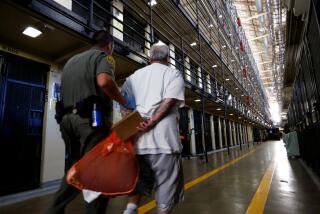California to release some inmates as coronavirus ravages prisons

California Gov. Gavin Newsom is working to release more than 3,500 prisoners who are close to finishing their sentences as COVID-19 tears through the state’s correctional system, including an outbreak that has infected nearly a third of inmates at San Quentin State Prison near San Francisco.
San Quentin “is our deep area of focus and concern right now,” Newsom said at a news briefing Monday. Steps are being taking to potentially move some of the facility’s more than 1,000 infected prisoners to a hospital in nearby Daly City, he said. About 42% of San Quentin’s population is considered medically high-risk.
Almost 2,600 of California’s roughly 113,000 prisoners have tested positive for the coronavirus, Newsom said. The state, which already released roughly 3,500 prisoners earlier in the pandemic to decompress the overcrowded system, is taking into account medical conditions when evaluating others for potential release.
At San Quentin, coronavirus cases have exploded after a botched transfer from another facility, impacting hundreds of incarcerated residents and scores of correctional officers and staff in a potential public-health threat to the San Francisco Bay Area.
Some 1,021 people incarcerated at San Quentin tested positive for COVID-19 as of 3:30 p.m. Monday, according to data from the California Department of Corrections and Rehabilitation. That means nearly 1 in 3 of the prison’s total population of 3,507 has been infected. State data also show that 89 staff members at San Quentin have COVID-19. Officials are now conducting mass testing at San Quentin on the incarcerated population; testing of all staff has been completed.
As of Sunday, San Quentin had completed 1,198 tests, Dana Simas, a spokeswoman for the CDCR, said in an email. The rate of 485 tests per 1,000 people is more than five times the state and national rates, she said. The agency has been working with the California Department of Public Health to develop a comprehensive staff-testing plan that involves ongoing testing of all staff at all institutions, she said.
Prisons are a prime example of the type of “congregate” environments where COVID-19 can spread rapidly. Social distancing is impossible in small cells with bunkmates, not to mention in shared restrooms, showers and common areas.
More than 600 people attended a virtual town hall via Zoom and Facebook Live on Saturday to discuss the growing crisis. The town hall, led by three formerly incarcerated people who served time at San Quentin, urged Newsom to reduce the prison population via early or earned release and stop the practice of transfers.
“COVID does not contain itself within prison walls,” Adnan Khan, the co-founder and executive director of Re:Store Justice, which was founded in 2017 inside San Quentin, said during the town hall.
Death row
Built in 1852, San Quentin is California’s oldest correctional facility. The walled prison is made up of four large cell blocks and includes the state’s Death Row.
San Quentin had zero known COVID-19 cases through May, but infections jumped after state prison officials transferred 121 people from the California Institution for Men in Chino on May 30. The practice of transferring inmates from one facility to another within the state has been widely condemned for spreading the virus.
Plans to transfer additional people from San Quentin to another prison in Southern California have been halted after additional testing for COVID-19 among those slated for transfer revealed two positive cases, the department said on its website Saturday.
Statewide, there were 2,572 incarcerated persons with active cases of COVID-19 and 391 active cases among correctional employees as of Monday morning. At least 21 incarcerated people have died, including 16 at the Chino facility. A 71-year-old death row inmate at San Quentin who died last week also tested positive for COVID-19, according to the Marin County Sheriff’s Office.
Bay Area disparity
San Quentin is located across the bay from San Francisco in Marin County, where prices of single family homes can top $1 million but economic disparity is widespread.
Latinos make up just 16% of the county’s population but account for 75% of its confirmed coronavirus cases. The county’s total cumulative case and hospitalization counts don’t include the San Quentin State prison cases. At least four San Quentin inmates have been treated at local Marin County hospitals, according to the county.
California was the first to enact a statewide stay-at-home order in mid-March and has been slow to reopen. On Sunday, the governor ordered bars in seven counties, including Fresno, Imperial and Los Angeles, to close again amid an uptick in cases and hospitalizations.
Alameda and Contra Costa counties, two heavily populated areas east of San Francisco, on Monday said they would pause their reopening plans because of an increase in cases and hospitalizations. Alameda cited the local impact of the San Quentin outbreak as one of its concerns.
While Newsom has generally received high marks for his data-driven and aggressive approach to containing the virus spread, his response to outbreaks within the state’s vast prison system has come under criticism. State Assembly member Marc Levine, whose district in Marin County includes San Quentin, has been pleading for a site-specific plan since April and has urged Newsom to name a COVID-19 advisor and expand on-site hospital capacity.
“Unrestrained COVID-19 infections at San Quentin State Prison is creating the worst prison-health catastrophe in state history,” Levine said in a statement Friday.
More to Read
Sign up for Essential California
The most important California stories and recommendations in your inbox every morning.
You may occasionally receive promotional content from the Los Angeles Times.










